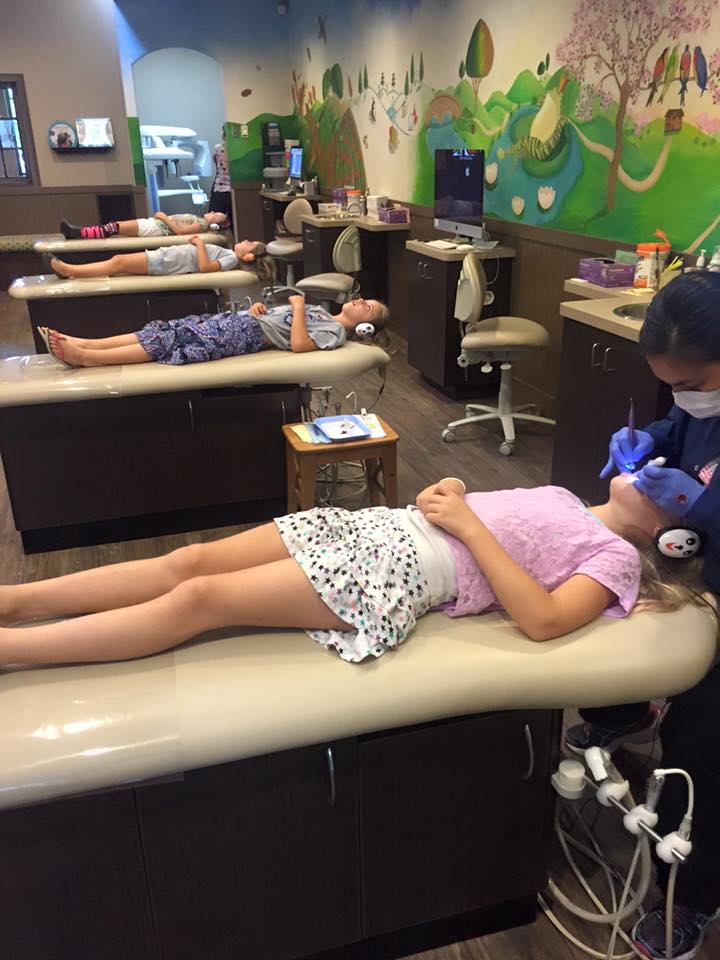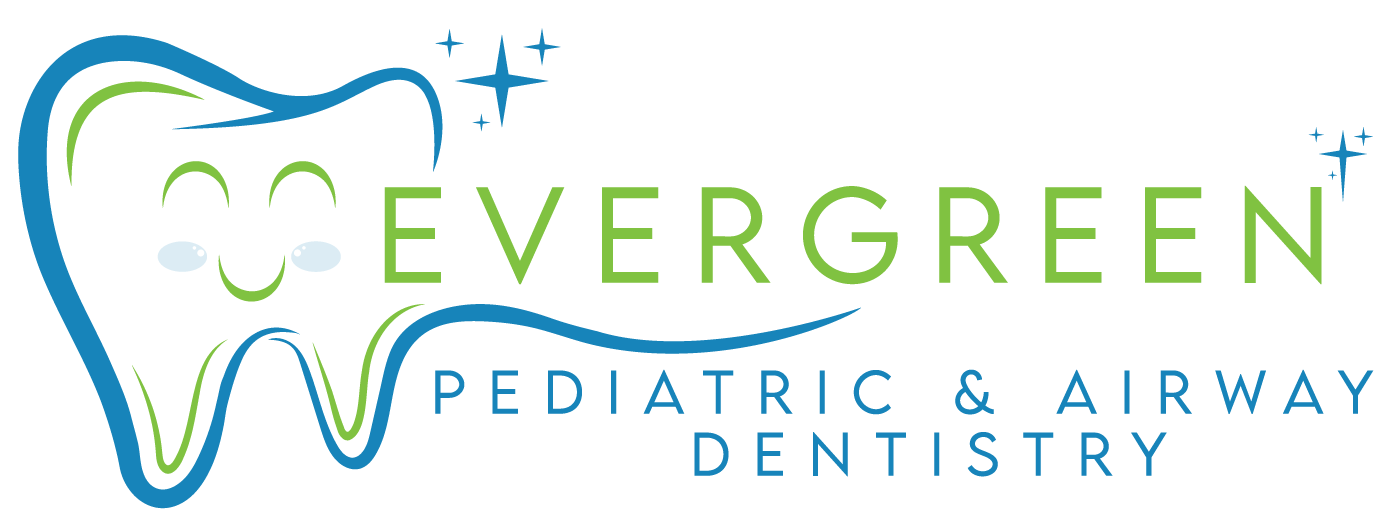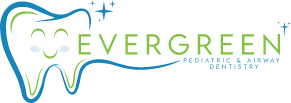Is Sedation Safe for Children? What Kirkland Parents Should Know
When it comes to your child’s health, every decision feels significant. But what happens when they need a medical or dental procedure that might cause pain or anxiety? For many Kirkland parents, this is where sedation comes into play. Sedation is increasingly used in pediatric medicine to ensure children feel comfortable and calm during necessary procedures, but it also raises important questions around safety.
Did you know? According to the American Academy of Pediatrics, millions of children undergo procedures requiring sedation each year, and the numbers are climbing as medical techniques become more advanced.
This blog post aims to guide Kirkland parents through everything they need to know about sedation for children. We’ll explain what dental sedation is, its common uses, safety measures, potential risks, and how local resources like Evergreen Pediatric Dentistry ensure this process is safe and stress-free for children and parents alike.
Understanding Sedation: What It Is and Why It’s Used
What Is Sedation?
Sedation is a medical technique involving medications that help relax individuals, reducing pain or anxiety during procedures. Unlike general anesthesia, which makes patients fully unconscious, sedation usually keeps children awake but calm. This is crucial as it allows for better communication and quicker recovery compared to general anesthesia.
Common Uses for Pediatric Sedation
Sedation is vital in situations where children might find it challenging to stay still or feel discomfort:
- Dental Treatments: Used during cavity fillings, extractions, or orthodontic adjustments.
- Imaging Tests: Essential for MRIs and CT scans, where children need to remain motionless for long periods.
- Minor Surgeries: Helpful for procedures like ear tube placement or biopsies.
- Emergency Care: Used to manage pain or anxiety during urgent treatments like stitching wounds.
Benefits of Sedation
Sedation can significantly enhance the experience for children who find hospitals or dentist offices intimidating. It provides several advantages:
- Easing Anxiety: Many children feel scared before medical procedures. Sedation helps them relax, making the experience less daunting.
- Minimizing Discomfort: By reducing the sensation of pain, sedation allows procedures to proceed smoothly for both the child and the healthcare provider.
- Ensuring Cooperation: Keeping a child calm and still ensures that procedures can be completed safely and efficiently.
Overall, sedation is an invaluable tool in pediatric care, ensuring that necessary medical treatments are as comfortable and stress-free as possible for young patients.

Sedation Dentistry
Different Types of Sedation in Pediatric Care
When it comes to pediatric procedures, finding the right type of sedation is crucial for comfort and effectiveness. Let’s explore the different sedation methods used in pediatric care, each tailored to specific needs and procedures.
Oral Sedation
Oral sedation is a common choice for its simplicity and effectiveness. Delivered as a liquid, medications like midazolam or diazepam help children relax while staying awake. This method is typically mild, with effects kicking in after 20–30 minutes, and sedation levels vary based on individual responses.
Inhalation Sedation
Known as “laughing gas,” inhalation sedation involves nitrous oxide mixed with oxygen. Popular in dentistry, it’s administered through a small mask over the nose. The key advantage here is the rapid recovery—effects dissipate quickly once the gas is turned off, making it a convenient option for many procedures.
IV Sedation
Reserved for more complex procedures, intravenous (IV) sedation is delivered directly into a vein. It offers precise control over sedation levels and works almost instantly. However, it necessitates careful monitoring by skilled professionals to ensure safety throughout the process.
Safety Considerations for Parents
When considering dental sedation for your child, safety is paramount. While sedation is generally safe in the hands of trained professionals, understanding the key safety factors can ease your concerns.
Pre-Sedation Assessment
Before sedation, a thorough evaluation is essential. Your healthcare provider will delve into your child’s complete medical history, examining allergies, past medication reactions, and any current health conditions. A physical examination will also be conducted to ensure your child is ready for sedation. Honesty during these assessments is vital, as complete disclosure helps providers foresee and mitigate potential risks.
Monitoring During Sedation
Throughout the procedure, your child’s safety is the top priority. Healthcare professionals will closely monitor vital signs such as heart rate, oxygen levels, and respiratory rate. With advanced equipment and a skilled team on standby, any complications can be addressed immediately.
Risks and Side Effects
As with any medical procedure, sedation carries potential risks, though serious complications are rare. Common side effects may include nausea, vomiting, drowsiness, and temporary confusion or irritability. Although uncommon, more serious risks like respiratory issues or allergic reactions can occur. Opting for an experienced provider with expertise in pediatric care significantly reduces these risks.
Preparing Your Child for Sedation
Getting ready for your child’s sedation can make the experience smoother and more comfortable for both of you. Here’s how you can guide them through the process with ease and confidence.
Parental Guidance
Start by having a gentle conversation with your child about what to expect. Use simple, child-friendly language. You might say, “You’ll take some medicine that will help you feel sleepy and comfortable while the doctor fixes your tooth.” This helps in reducing anxiety and making them feel more at ease.

Sedation Dental Treatment
What to Expect on Sedation Day
To ensure everything goes smoothly, here’s a quick checklist for parents:
- Fasting: Most sedation procedures require your child to abstain from food or drink for several hours beforehand. Double-check with your healthcare provider for specific instructions.
- Arrival Time: Plan to arrive at the clinic earlier than your scheduled appointment. This allows time for any final checks and helps avoid unnecessary stress.
- Comfort Items: Bringing along a favorite stuffed animal or blanket can provide extra reassurance and make the environment more familiar for your child.
Creating a Comfortable Atmosphere
A familiar object can be incredibly powerful in reducing anxiety. Whether it’s a cherished toy, a beloved book, or a cozy blanket, these items help create a comforting environment. Encourage your child to pick something special to bring along.
Risks and Side Effects of Sedation
Understanding the risks associated with sedation can help alleviate concerns. Here’s an informative guide:
Common Side Effects
Sedation may lead to mild side effects like dizziness, residual sleepiness, or nausea. These symptoms typically dissipate within a few hours and are generally not worrisome.
Serious Risks
While serious complications are rare, they can include respiratory issues, allergic reactions, or cardiovascular problems. Facilities such as Evergreen Pediatric Dentistry prioritize safety by adhering to strict protocols, significantly reducing these risks.
Parental Concerns
Parents often worry about sedation, especially when it involves their children. To address these concerns, it’s crucial to engage in open dialogue with healthcare providers. Consider asking questions like:
- What type of sedation will be administered?
- How will my child be monitored throughout the procedure?
- What should we expect during the recovery phase?
By seeking detailed information, parents can better understand the sedation process and the safety measures in place, helping to ease their fears.
The Importance of Communication
Open communication is key in reassuring parents and caregivers. Understanding the types of sedation, the monitoring process, and the expected recovery can provide much-needed clarity and peace of mind. Engaging with healthcare providers and asking pertinent questions will ensure that parents feel informed and confident about the procedures their children undergo. Through this collaborative approach, concerns can be effectively addressed, promoting a smoother, more comfortable experience for both children and their families.
Evergreen Pediatric Dentistry: A Trusted Sanctuary for Children
For families in Kirkland, Evergreen Pediatric Dentistry shines as a reliable local resource for pediatric sedation. This dental practice is dedicated to making every visit a positive experience for both children and their parents.
Creating a Child-Friendly Atmosphere
Upon arrival, you’ll discover an environment crafted with children in mind. The practice features vibrant decor and a team of warm, approachable staff members, all working together to create a soothing setting. This attention to detail ensures children feel comfortable and at ease throughout their visit.
Expert Pediatric Dental Care
Evergreen is home to a team of skilled pediatric dentists who excel at connecting with young patients. Their expertise extends to caring for children with diverse needs, ensuring that each child receives the individualized attention they deserve. This commitment to personalized care fosters a trusting relationship between dentist and patient.
Comprehensive Sedation Options
At Evergreen, your child’s safety and comfort are paramount. The practice offers an array of sedation options tailored to meet your child’s specific needs and the requirements of the procedure. From mild oral sedation to nitrous oxide, the team ensures that each option is designed to maximize comfort and ease any anxiety your child may have.

Sedation Dentistry Treatment
Exploring Alternatives to Sedation
When it comes to medical procedures, sedation isn’t the only option. Many parents are keen to explore alternatives, particularly for less invasive procedures, to ensure their child’s comfort and cooperation.
Non-Sedative Techniques
For some children, behavioral strategies can effectively manage anxiety and discomfort. Techniques like distraction, storytelling, and deep breathing exercises can be particularly helpful. These methods work best for kids with mild fears or discomfort that can be managed without medication. By engaging a child’s imagination or focusing their attention elsewhere, these techniques can transform the experience into a more positive one.
Deciding When to Use Alternatives
It’s essential to discuss any concerns about sedation with your healthcare provider. In cases of simple procedures or when dealing with highly cooperative children, sedation might not be necessary. Your healthcare team will evaluate the best approach, considering the nature of the procedure and the child’s individual needs. This collaborative decision-making ensures the most suitable and safe method is chosen for your child.
The Importance of Parental Involvement
As a parent, your role is crucial. Open communication with your healthcare provider helps ensure that your child’s unique needs and preferences are prioritized. By being actively involved in the discussion, you can help tailor the approach to fit your child’s specific situation, fostering a sense of control and reassurance.
Conclusion
Anesthesia is a necessary and safe component of medical care for children. With the help of modern technology, specialized training, and collaboration between healthcare providers and parents, the risks associated with anesthesia are minimized. It is important for parents to educate themselves on the process and be actively involved in the decision-making process to ensure their child receives the best possible care. By working together, we can provide our children with a positive experience and pave the way for a healthy future.
So if your child requires anesthesia for a medical procedure, trust in your healthcare team, stay informed, and play an active role in your child’s care. Remember that while it may seem intimidating at first, rest assured that anesthesia is a safe and well-established medical practice that has been used for decades to help patients of all ages. With the right preparation and support, your child can have a smooth and successful experience with anesthesia. As always, if you have any questions or concerns, don’t hesitate to reach out to your healthcare team for more information.
Evergreen Pediatric Dentistry
https://www.google.com/maps?cid=14720788683151219551
12910 Totem Lake Blvd NE #103, Kirkland, WA 98034, United States
(425) 814-3196
https://evergreenkidsdentist.com/


